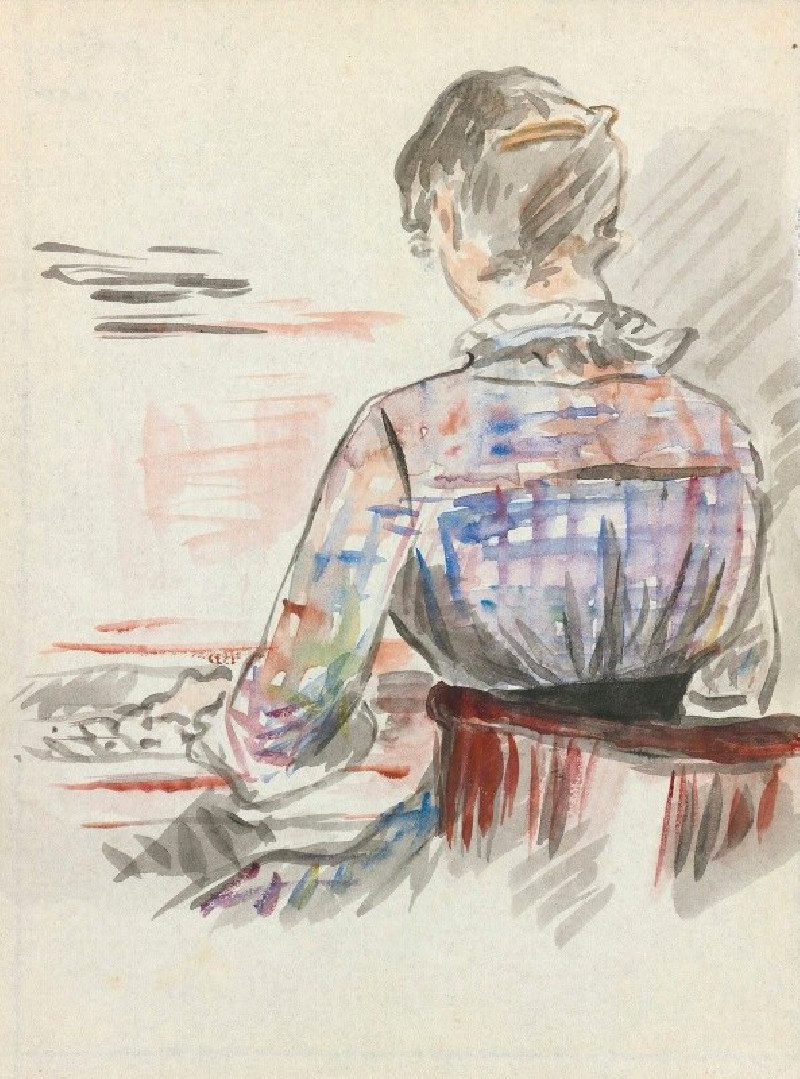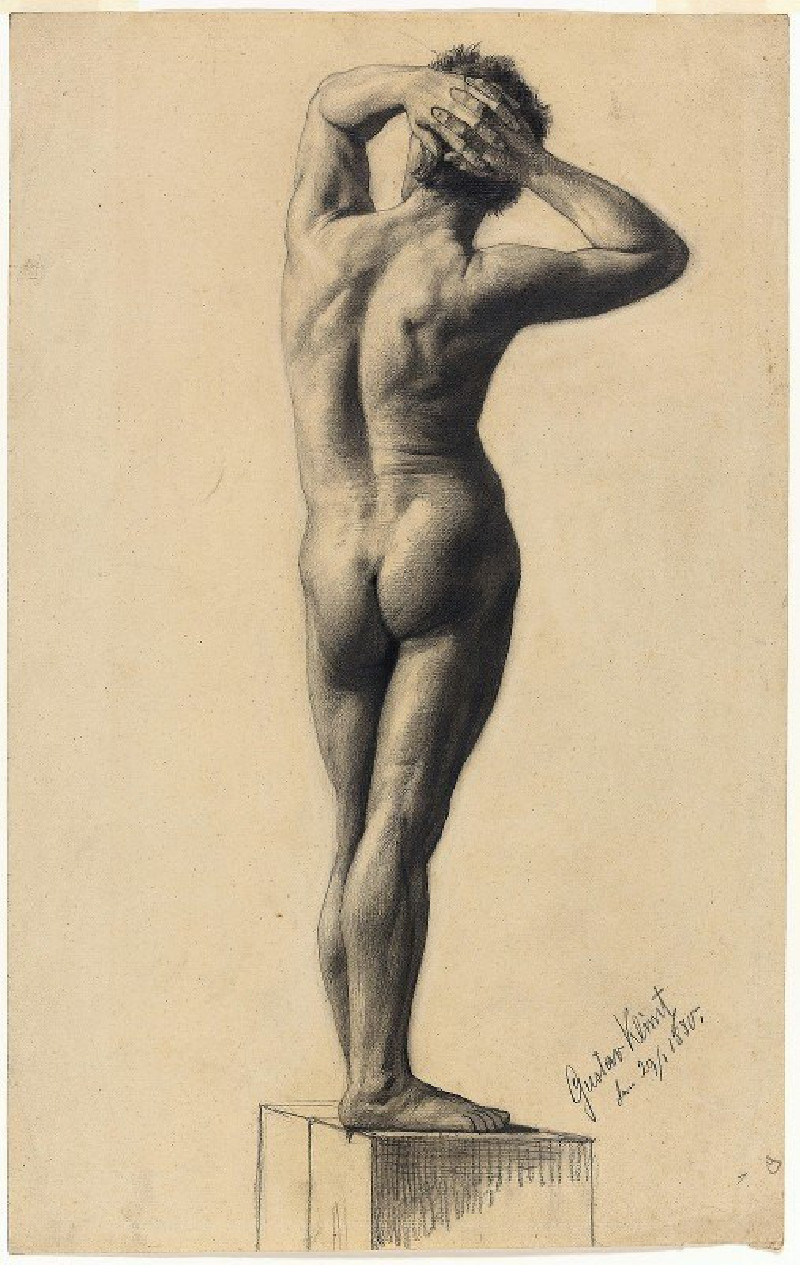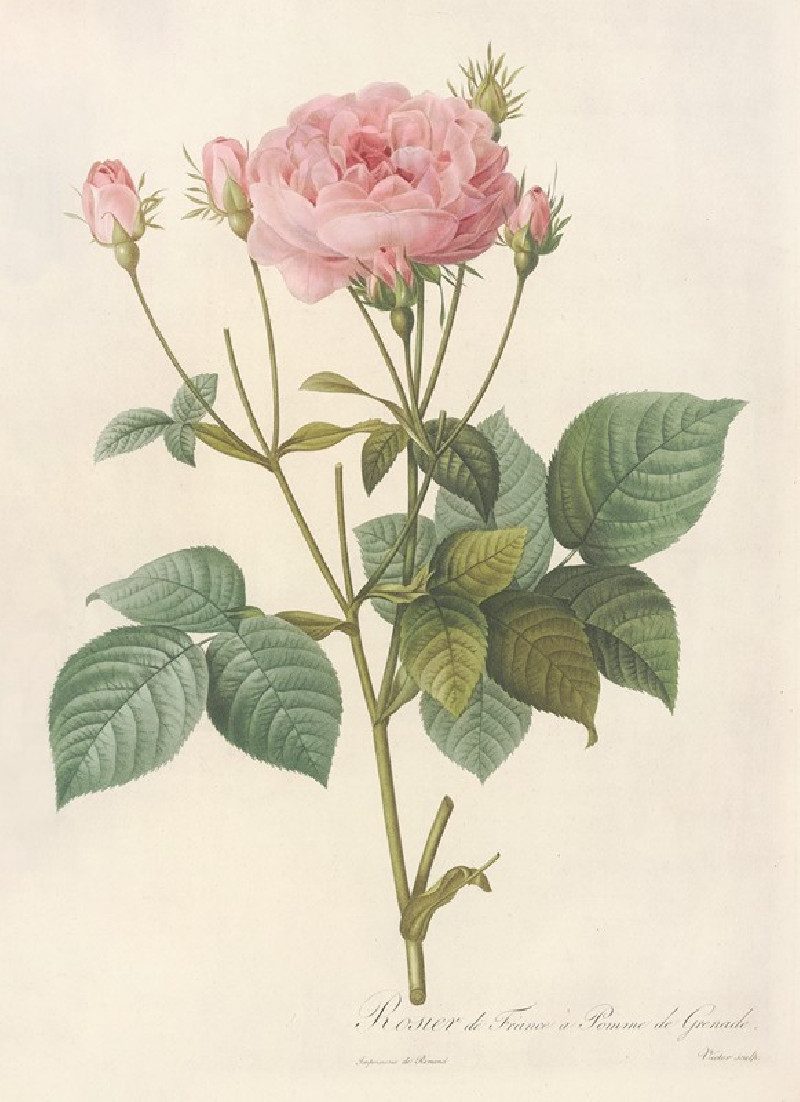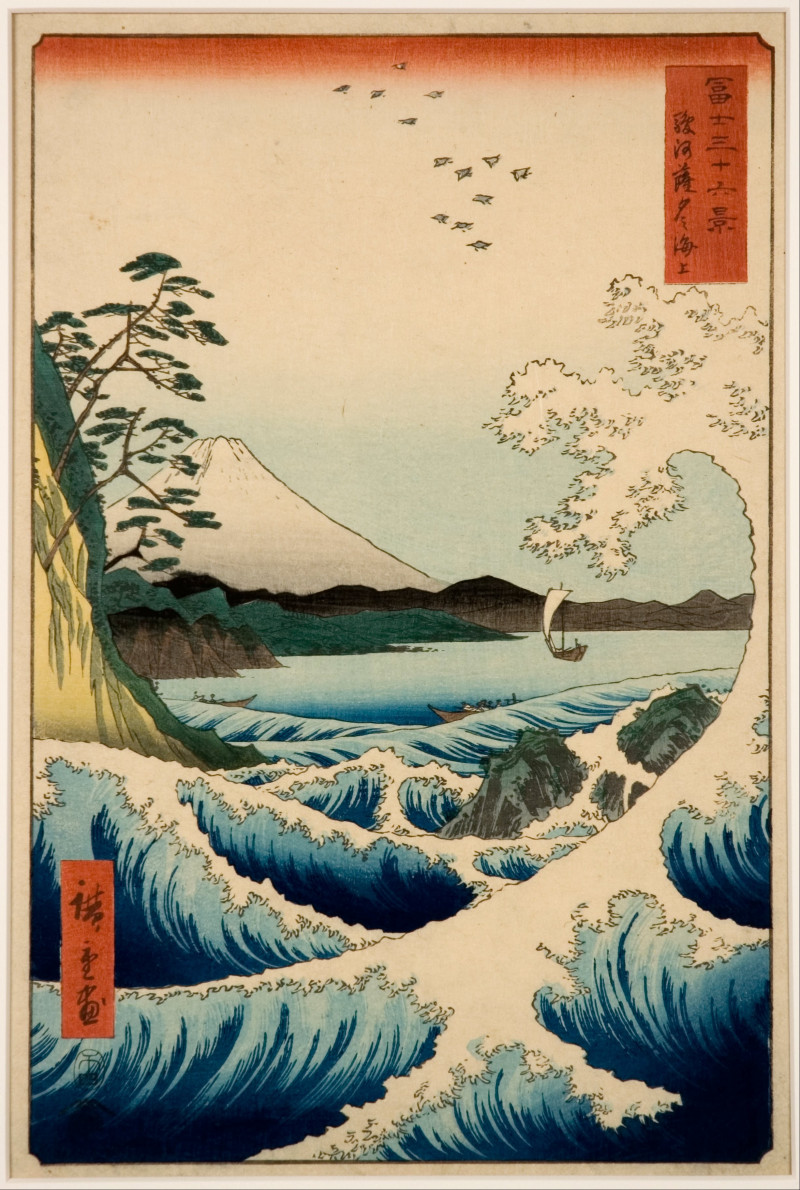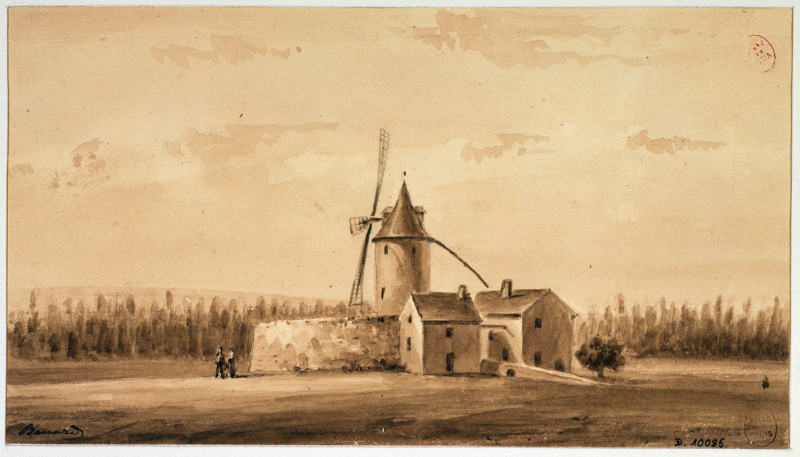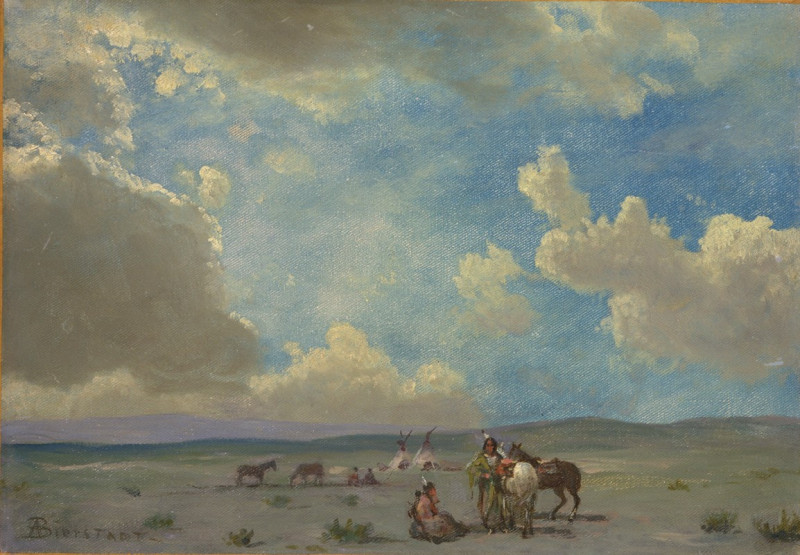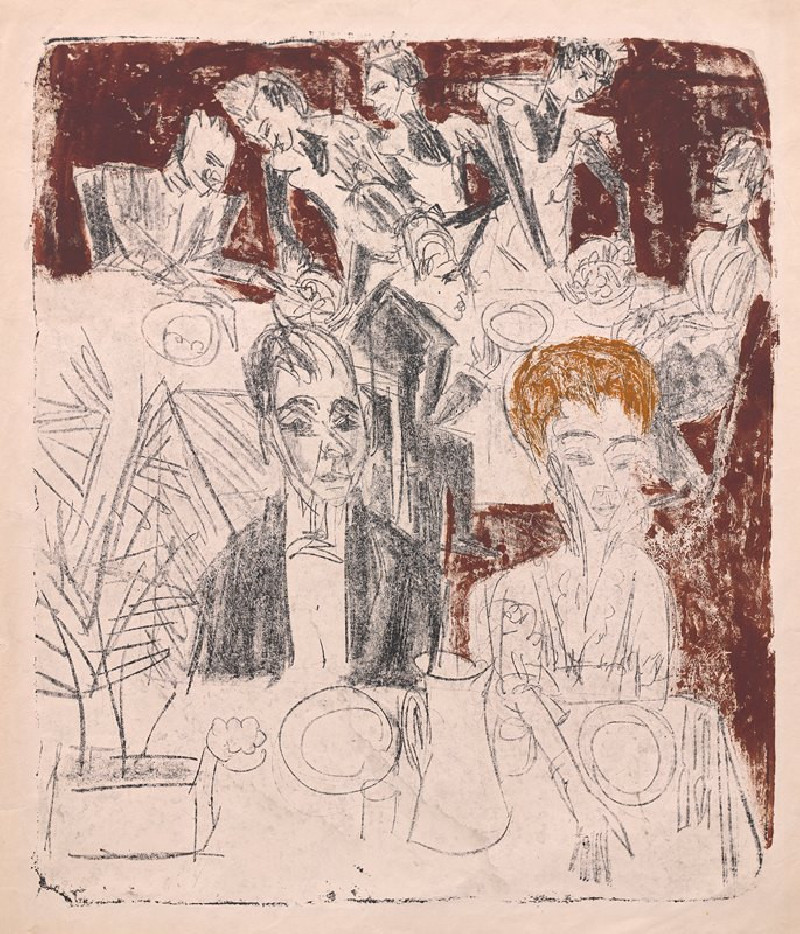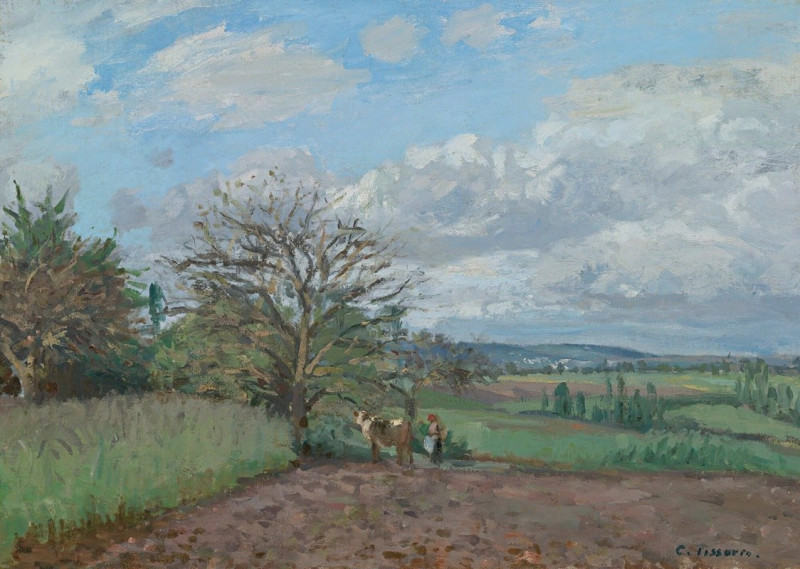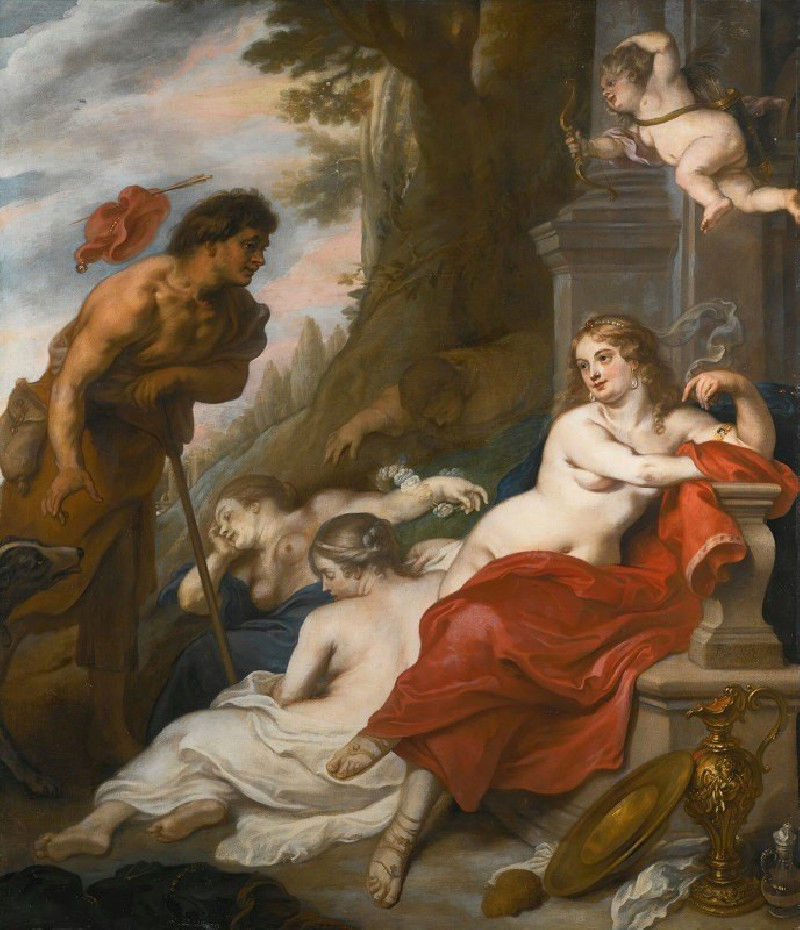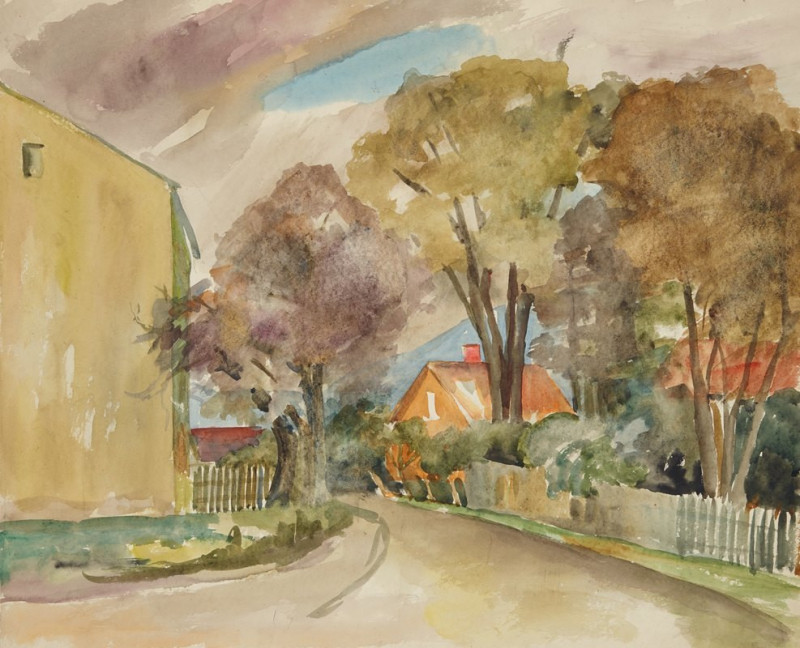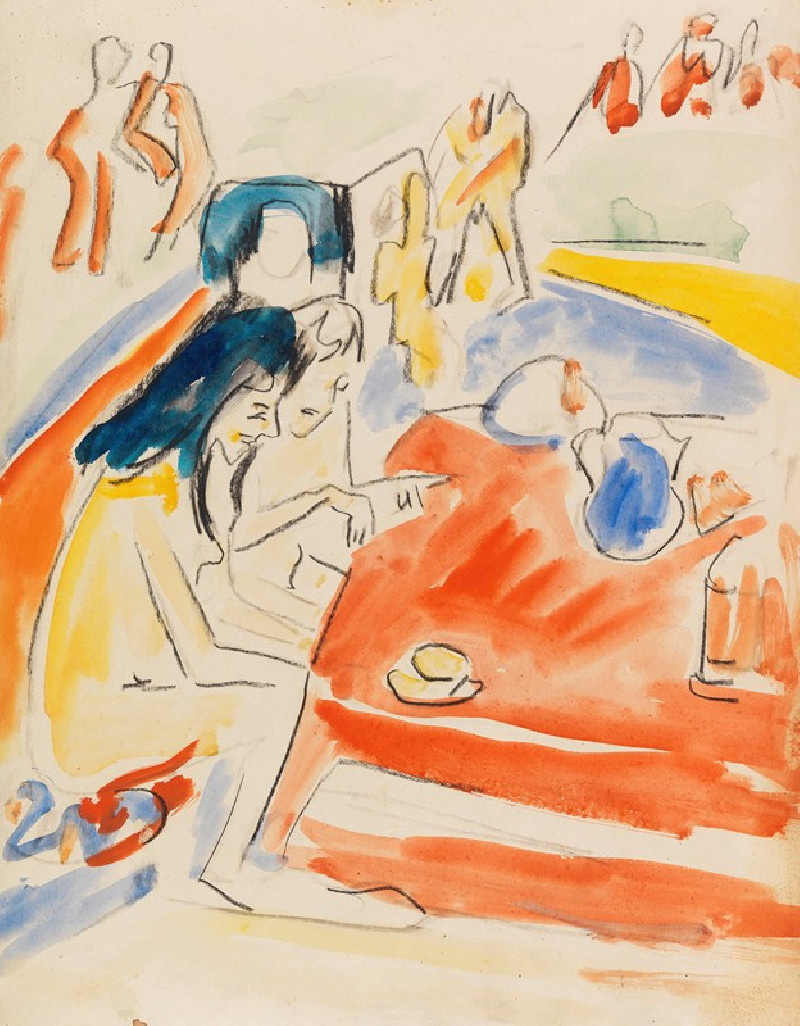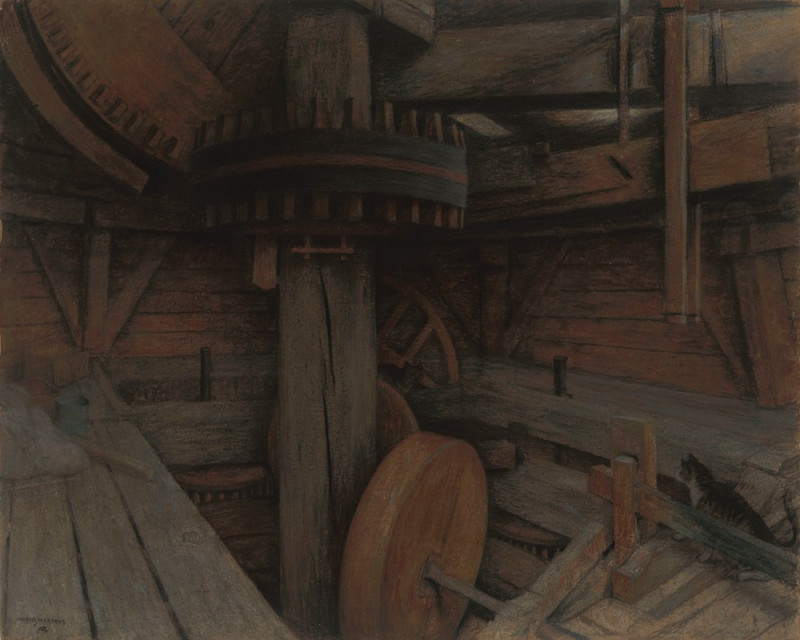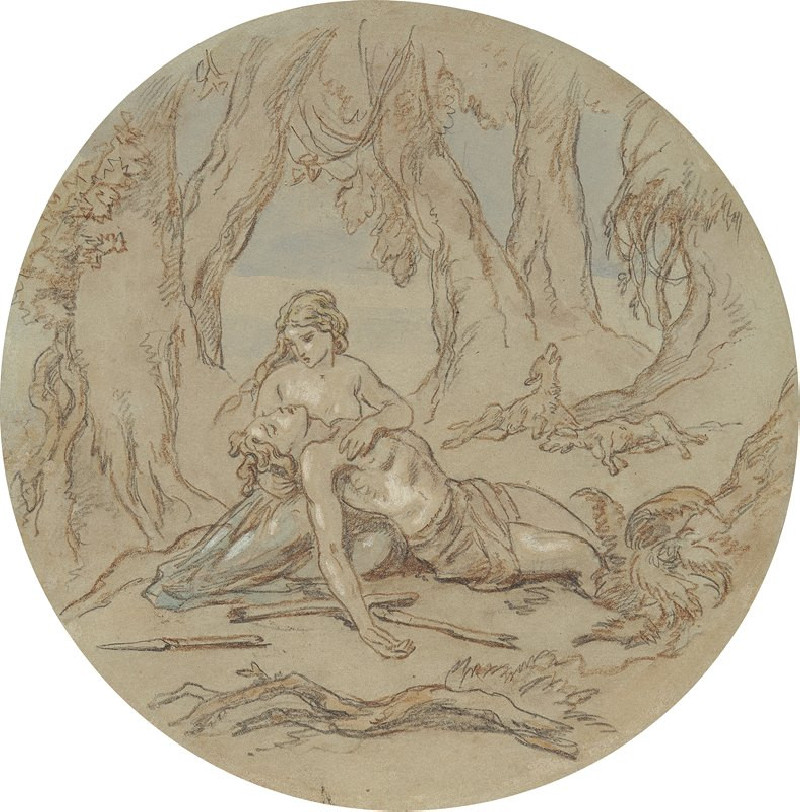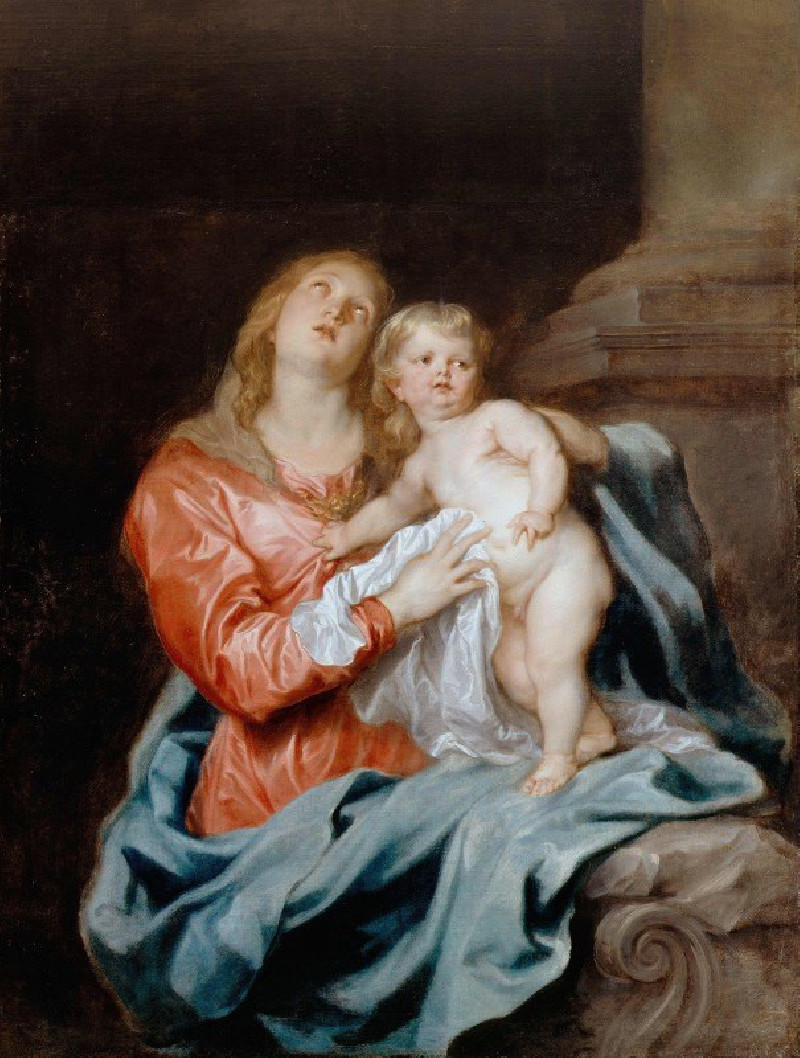Femme Au Piano
Technique: Giclée quality print
Recommended by our customers
More about this artwork
Welcome to an intimate glimpse into the world captured by Edouard Manet in his evocative painting, "Femme Au Piano." This artwork is a stunning example of Manet’s mastery in portraying quiet, personal moments through a painterly lens. In this piece, the viewer is offered a scene filled with gentle intimacy and a soft ambiance that holds the viewer's gaze.The painting features a woman seen from behind, seated at a piano. The choice of perspective invites the audience into a private moment, as if we have just entered the room and caught her in a personal act of creation. The woman’s attire, detailed in flowing lines and washes of color, suggests a blend of tranquility and concentration. Her posture, with a slight lean towards the piano, reflects her absorption and dedication to the music.Manet's use of quick, confident strokes and subdued watercolors imbues the scene with an air of spontaneity and impressionistic flair. The background, with its abstract elements and hints of a warm palette, complements the focus on the figure and emphasizes the emotional depth of the moment."Femme Au Piano" not only showcases Manet’s skill in composition and color but also captures a fleeting moment of everyday life, elevated to something poetic and worth pausing for.
Delivery
Returns
Édouard Manet (1832–1883) was a French modernist painter and one of the first 19th century artists to paint modern life. His impressionist style is characterized by relatively small and thin brushstrokes that create emphasis on light depiction. Manet was one of the key artists in the transition from realism to impressionism, along with Claude Monet, Edgar Degas, and Pierre-Auguste Renoir. However, he resisted involvement in any one specific style of painting, and only presented his work to the Salon of Paris instead of impressionist exhibitions. His early masterworks, The Luncheon on the Grass and Olympia, created great controversy and served as a rallying point for other young painters.

